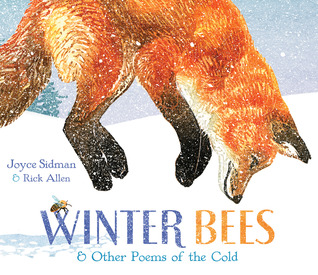The 50th anniversary of the first moon landing has come and gone, but these books need a belated spotlight.
Moonshot: The Flight of Apollo 11
by Brian Floca
Review copy compliments of Richard Jackson Books, 2019
The Kirkus review for this revised 2019 edition:
“A fresh, expanded edition of Floca’s top-drawer tribute to the first moon landing, which won a Sibert honor in 2010. New here is an early nod to the “thousands of people” who worked behind the scenes to make the mission a success... and a much-enlarged account of Apollo 11’s return flight to Earth. Both include new art: For the first, a set of vignettes clearly depicts women and people of color playing prominent roles (including a recognizable Katherine Johnson), and for the second, the 2009 original’s two pages grow to eight, climaxed by a close-up of the command module Columbia’s furious, fiery re-entry. The narrative... remains as stately and dramatic as ever.... Minor changes in other illustrations and added or clarified details in the text add further life and luster to a soaring commemoration of our space program’s most spectacular achievement. This is the rare revised edition that adds enough new material to demand purchase. Still essential reading, more so than ever for being broader in scope and more balanced of presentation than the original.”I can't wait to share the story of how Brian Floca revised this book to be more inclusive!
Countdown: 2979 Days to the Moon
by Suzanne Slade
illustrated by Thomas Gonzalez
Peachtree Publishing Company, 2018
This gorgeously illustrated nonfiction long-form picture-book-in-verse begins with the dream of space travel and the loss of President John F. Kennedy. Then comes Apollo 1 and the loss of the first three Apollo astronauts. Apollo 2 is grounded and plans for Apollo 3 cancelled. Apollos 4-6 are unmanned and have mixed successes. Apollo 7 takes men into space successfully. Apollo 8 flies around to the far side of the moon and back. Apollo 9 astronauts are the first to walk in space. Apollo 10 scouts a landing spot on the moon. Finally, Apollo 11 achieves the dream of men on the moon.
At the end of each chapter is more information about each of the astronauts and photographs from the mission.
This would make a fabulous read aloud (text in verse AND nonfiction) and pairs nicely with Moonshot.




























